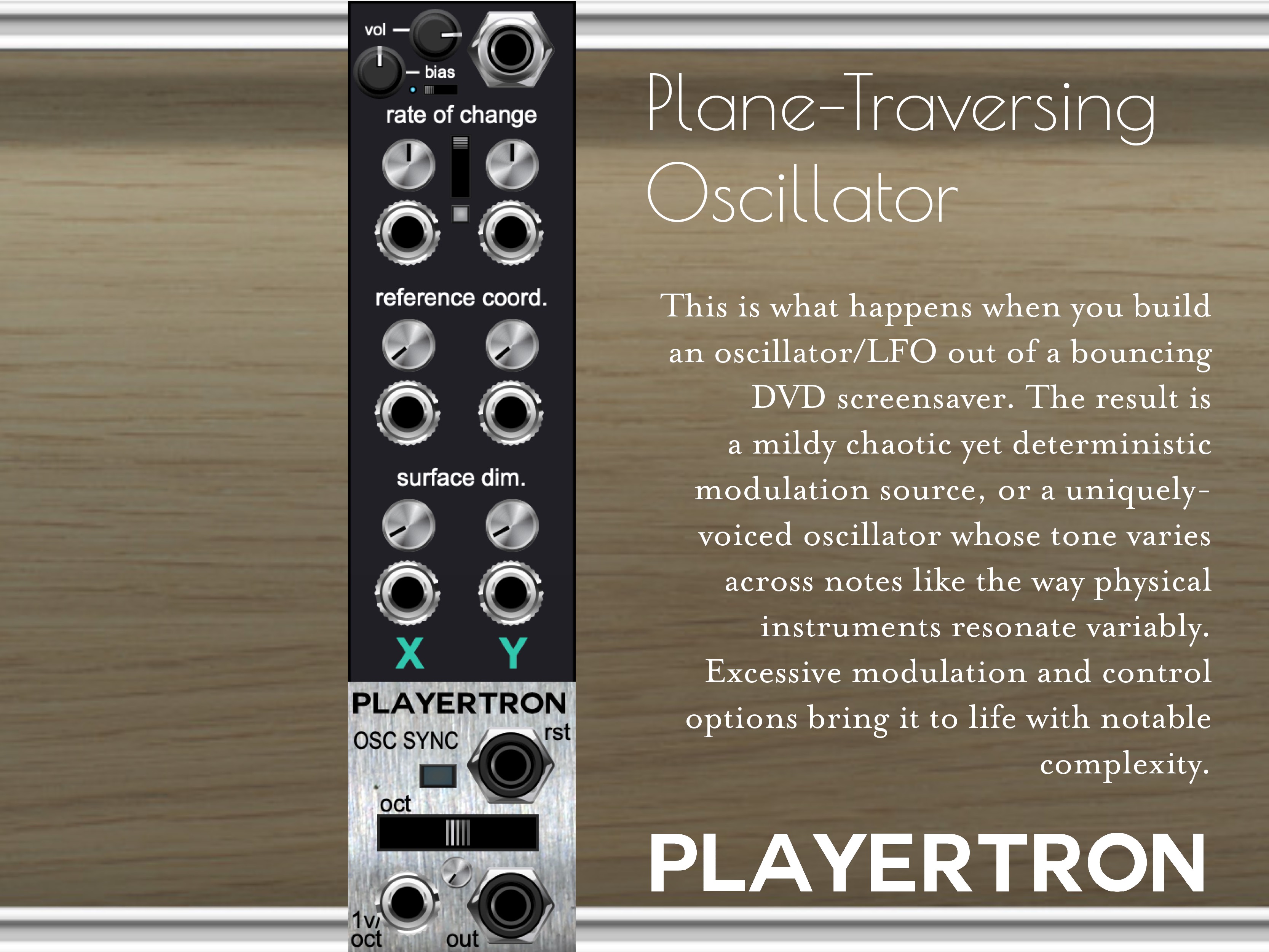Or Get It As Part of Electric Breath Oscillator Collection
$12.99 $24.00
Or Get It As Part of Electric Breath Oscillator Collection
Archetypal sine/triangle/saw/ramp/square/pulse signals make excellent building blocks for more interesting, composite waveforms, and the Prismatic Poly Oscillator is here to help with that construction process. It is a tool of convenience that saves a lot of wiring without reducing possibilities, and it also has some individualistic nuances for a unique sound of its own.
Using the central gain dials, various waveforms can be added to different extents, and you can use the negative gain ranges to perform subtraction too. The zero button lets you start from scratch, but it toggles to return to last settings if you hit it by accident. With individual modulation points, the constructed waveform can be made to mutate over time, and through-zero audio-rate craziness is possible too. The handy bias knob lets you recenter the modulation without having to reach for a dc source. There's also a master volume knob to make it easy to layer multiple units with balance.
Pulse-width modulation is possible too, and an unusual pulse spread control distributes varying pulse widths to different voices/notes. They assemble in polyphonic chords with added complexity, and pulse-width modulation gains a more consistent overall tone. The FM jack lets you modulate pitch, and it's calibrated for a more musical response. There's a dial to vary its intensity and a modulation jack to modulate the amount of modulation, which can make for some really interesting behaviors. The rst/sync jack (below) restarts the waveform with any positive voltage at a location set by the phase knob and allows your oscillators to interact for new timbres.
An oscilloscope output (top-right) provides a convenient way to connect a scope’s mono inputs to see what you’re doing. It outputs the first poly voice, so you could also drop your poly setting to one and use this output like you have a mono oscillator.
As you dive in, the Prismatic Oscillator reveals its potential and random explorations yield oddly organic sounds, aggressive noise, and nuanced tones with great diversity. Toss the bias all the way down and connect varying envelope generators at each waveform to morph amongst them. Use the scope output to modulate the oscillator's own pulse width. Send the individual waveform outputs along different effect chains and mix it back with the main/mix output for wonderful layers.
This oscillator is for the polyphonic tone explorers out there. Check the documentation for more on how it operates.
nortiks
Aug 26, 24
not good
sometimes this sounds fine other times it sounds like it has massive aliasing.









































































































